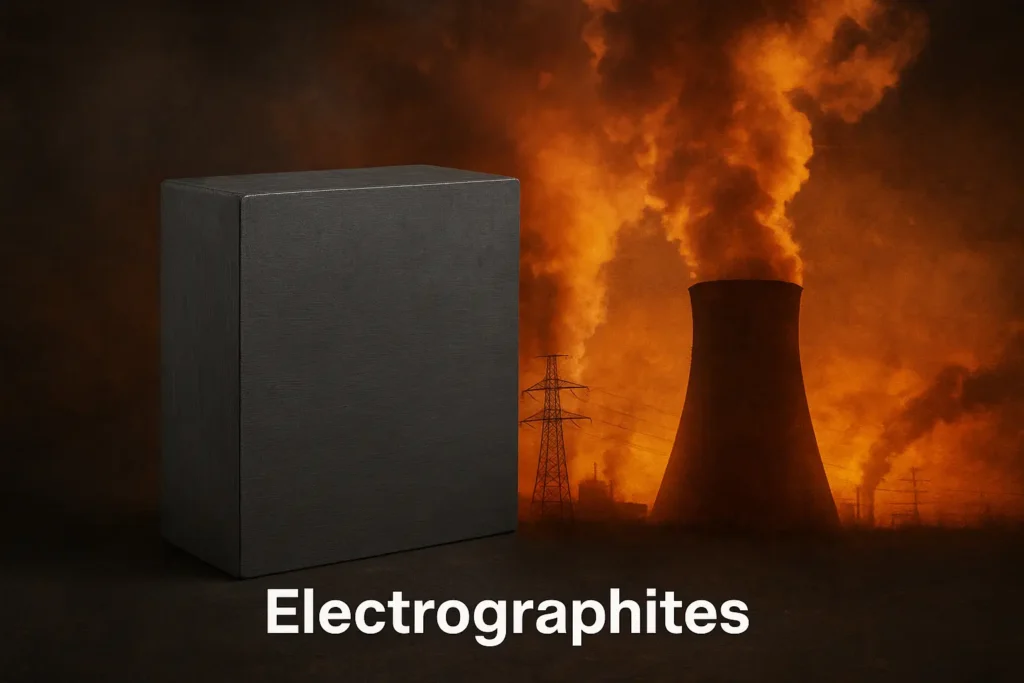
Introduction:
The graphitization process – a temperature treatment up to 3000°C – gives carbon the graphitic properties required for many applications. In this process, larger graphitic areas are formed by recrystallization, which shape the material properties of graphitized bodies. Graphite can be used as a refractory material both in air and under inert gas at high or very high temperatures, depending on the application conditions.
Where is the electrographite used?
Electrographites generally exhibit good sliding properties, have lower electrical resistance, high thermal conductivity, and improved corrosion resistance compared to non-graphite materials. The electrical and tribological properties are used for electrotechnical applications. The good film-forming properties, i.e. the ability to form a graphite layer on the mating material, are another important property of electrographite materials. Those materials are used, for example, in carbon brushes, shaft seals, dry-running dynamic seals, dry-running plain bearings and vanes in dry-running rotary vane pumps and compressors. The carbon/carbon (C/C) solutions enable stresses to be dissipated and are virtually wear-free. Their very low electrical noise allows them to be used for signal and data transmission. Due to its high purity and good electrical and thermal conductivities, electrographite is also used in analytical and medical technology, e.g. as conductivity measuring electrodes (dialysis) or as a component in thermal analysis equipment.
Why Choose Electrographites?
Electrographites offer a number of advantages in industries requiring materials that can perform under extreme conditions:
Durability
Electrographites are designed to last longer than other materials in high-stress environments. They resist wear and degradation, ensuring long-term performance and minimizing maintenance costs.
Versatility
Whether exposed to high temperatures or extreme electrical currents, electrographites perform reliably in a wide range of industries, including power generation, steel production, automotive manufacturing, and renewable energy.
High Performance
Electrographite materials maintain excellent electrical conductivity and thermal stability, even under extreme conditions. This makes them indispensable for applications such as motors, generators, and energy systems that require efficient performance and minimal downtime.
FAQ – Frequently asked questions about electrographite
What is electrographite?
Electrographite is a high-purity, synthetically manufactured graphite material developed specifically for electrical and electrothermal applications. It is produced through the thermal treatment of carbon-based materials at extremely high temperatures.
What are the properties of electrographite?
Electrographite is characterized by very good electrical conductivity, high thermal resistance, low porosity, and excellent oxidation resistance. It is also chemically inert and mechanically robust.
What are the applications of electrographite?
Electrographite is used in electric motors, generators, current collectors, electric arc furnaces, vacuum technology, as well as in the semiconductor and glass industries – in all areas where high electrical load capacity and thermal shock resistance are required.
What id electrographite manufactured?
Manufacturing is carried out by compacting carbon-containing materials, which are then graphitized in multiple stages at temperatures above 2,500 °C. The result is a high-purity, electrically conductive material with a uniform microstructure.

